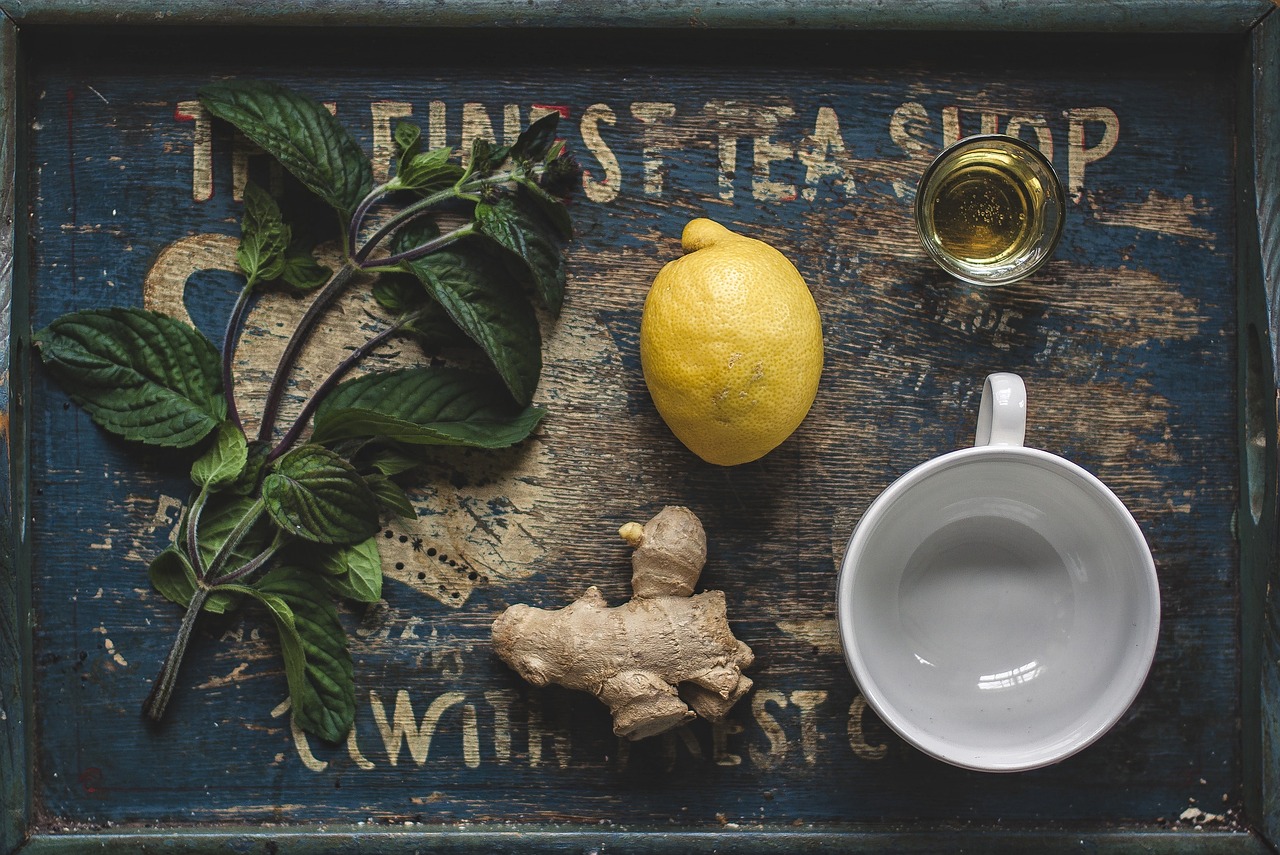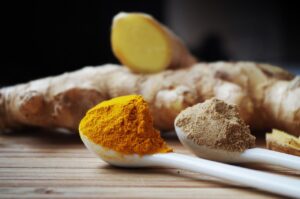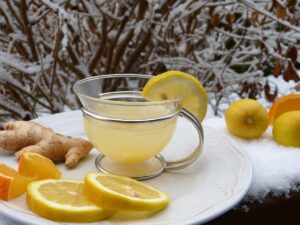Ginger
Overview
The ginger plant, or Zingiber officinale, is a perennial treasure adored not just for its culinary zest but also for its medicinal prowess. Native to Southeast Asia, its rhizome, commonly called ginger root, captivates with a unique flavor and aroma. Beyond its use in dishes and remedies, ginger graces gardens with its striking foliage, offering a mix of utility and ornamental charm.

Characteristics
Known for its aromatic rhizome used as a spice and medicine, and for its potential as an attractive ornamental plant.
Region
The ginger plant is usually found or grown in tropical to subtropical regions, particularly in USDA zones 9 to 11.
Natural Habitat
Tropical rainforests.
Cultivation
Prefers partial shade; consistently moist soil; well-draining, rich, loamy potting mix.
Uses and Benefits
Ginger’s aromatic rhizome does more than add zest to your dishes; it also boasts a trove of medicinal qualities. From soothing an upset stomach to potentially reducing inflammation, this spice carries health benefits that have been recognized for centuries1. Its sharp, peppery flavor enhances culinary creations, while its warm essence releases a citrusy fragrance that can brighten your kitchen.
Not only is ginger a culinary delight, but it adds visual appeal to your garden with its lush foliage and striking flowers, blending beauty with practicality5. Whether you’re seeking flavor, a touch of elegance, or holistic remedies, ginger is a versatile gem in the world of herbs.

Cultivation Tips
To cultivate ginger successfully, it’s important to start with a healthy piece of ginger root, or more accurately, a rhizome with a couple of sprouting eyes2. Opt for well-draining soil to provide the best environment for your plant, and ensure the container has adequate drainage holes to prevent water logging2.
A roomy pot is key—choose one that’s at least 18 inches wide and 12 inches deep so the ginger has ample space to grow2. Keep your ginger in a spot that stays warm, avoiding anywhere temperatures might dip below freezing. If you’re in a cooler climate, you can grow ginger indoors, or dig up the rhizomes to store them over winter3. Regular watering that keeps the soil moist (but not soggy) will help your ginger plant thrive, but remember, it doesn’t like to have wet feet!
With these tips, you can enjoy not just the culinary delights that ginger offers but also the aesthetic pleasure of its foliage and flowers. Happy planting!
Seasonal Considerations
To ensure your ginger thrives, remember: timing is everything. As a plant that favors warmth, ginger should be planted well after the danger of frost has passed. Preferably, aim for the warmth of spring—the perfect curtain-raiser for its growing season. If you’re in a cooler climate, early spring planting might not be viable; instead, consider starting ginger indoors or wait until the warmth has settled in.
Moving ginger outside should align with consistently warm temperatures, ideally when nights are no longer chilly. But do watch out for the other extreme; ginger enjoys warm weather but not scalding heat. Think of it as the Goldilocks of herbs—seeking that “just right” temperature zone. And as autumn approaches, remember to harvest your ginger before the first frost sends a shiver through the soil. This is when ginger’s robust flavors are at their peak—a spicy symphony, ready for your culinary compositions2 3.

Issues and Troubleshooting
Growing ginger can be a rewarding experience, but like all plants, it may face some common issues throughout its growth journey. Firstly, ginger loves warmth and humidity but does not enjoy soggy conditions. Overwatering can lead to root rot, which can be devastating for your ginger’s rhizome, the part we all treasure for its culinary zest. Ensure you’re planting in well-draining soil and regulating the water to keep the plant happy.
Sometimes, ginger may also contend with pests such as aphids, which are attracted to the plant’s succulent leaves. If you spot these tiny critters, a gentle soap and water mixture can help you bid them farewell. Pay attention to the color of the leaves as well; yellowing may signal that your ginger isn’t receiving enough nutrients or is stressed from overwatering. If kept in check, your ginger plant can flourish, rewarding you with its spicy, tangy roots that can elevate many dishes and soothe various ailments. With the right balance of care and attention, your ginger will thrive for seasons to come.
History and Folklore
Rooted deeply in history and swathed in rich folklore, the ginger plant—Zingiber officinale—has left its spicy footprint all over the world. Originally from the lush jungles of Southeast Asia, ginger’s journey weaves through the fabric of countless cultures. It is fabled for more than just its culinary zest; ancients revered ginger as a potent remedy, believing in its mystical properties to heal and to protect.
The ginger plant has graced various mythologies with its presence, symbolizing fiery energy and prosperity. Over time, this humble rhizome has traveled from Asian civilizations to Roman marketplaces and eventually spread across the medieval world, becoming a staple not just in kitchens but in herbal medicine cabinets and rituals alike.
References
1. Ginger | Description, Plant, Spice, Rhizome, Uses, Flavor, & Facts, https://www.britannica.com/plant/ginger
2. How to Plant and Grow Ginger – Better Homes & Gardens, https://www.bhg.com/gardening/plant-dictionary/herb/ginger/
3. Ginger: How to Plant, Grow, and Harvest Ginger Root | The Old Farmer’s …, https://www.almanac.com/plant/ginger
4. Growing Ginger: The Complete Guide to Plant, Grow and Harvest Ginger, https://morningchores.com/growing-ginger/
5. Ginger Plant Care: The Complete Growing Guide – Get Busy Gardening, https://getbusygardening.com/growing-ginger/
Image Credit: Leon_Ting
Image Credit: Ajale
Image Credit: silviarita
Nicolas Duval
Nicolas is a passionate advocate for nature and the art of wildcrafting. His dedication shines through in Wildcraftia, a website he meticulously crafted to serve as a haven for nature enthusiasts worldwide. Driven by a deep appreciation for nature’s connection to humanity, Nicolas embarked on his journey in 2011 with SmokableHerbs, a platform showcasing his love for nature’s bounty. Building upon this foundation, he established Smokably, a thriving online store offering premium herbs and blends to a global audience.
